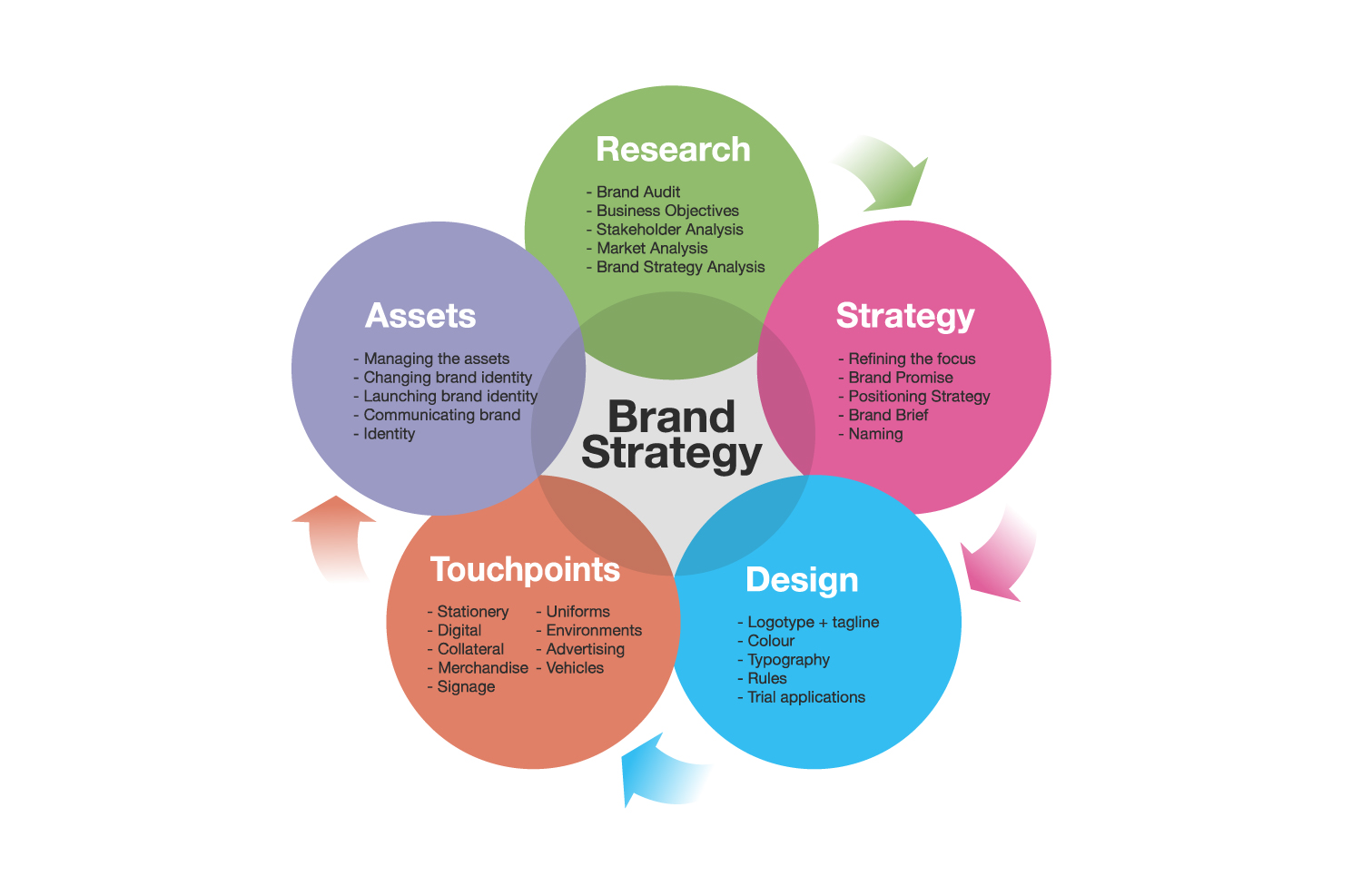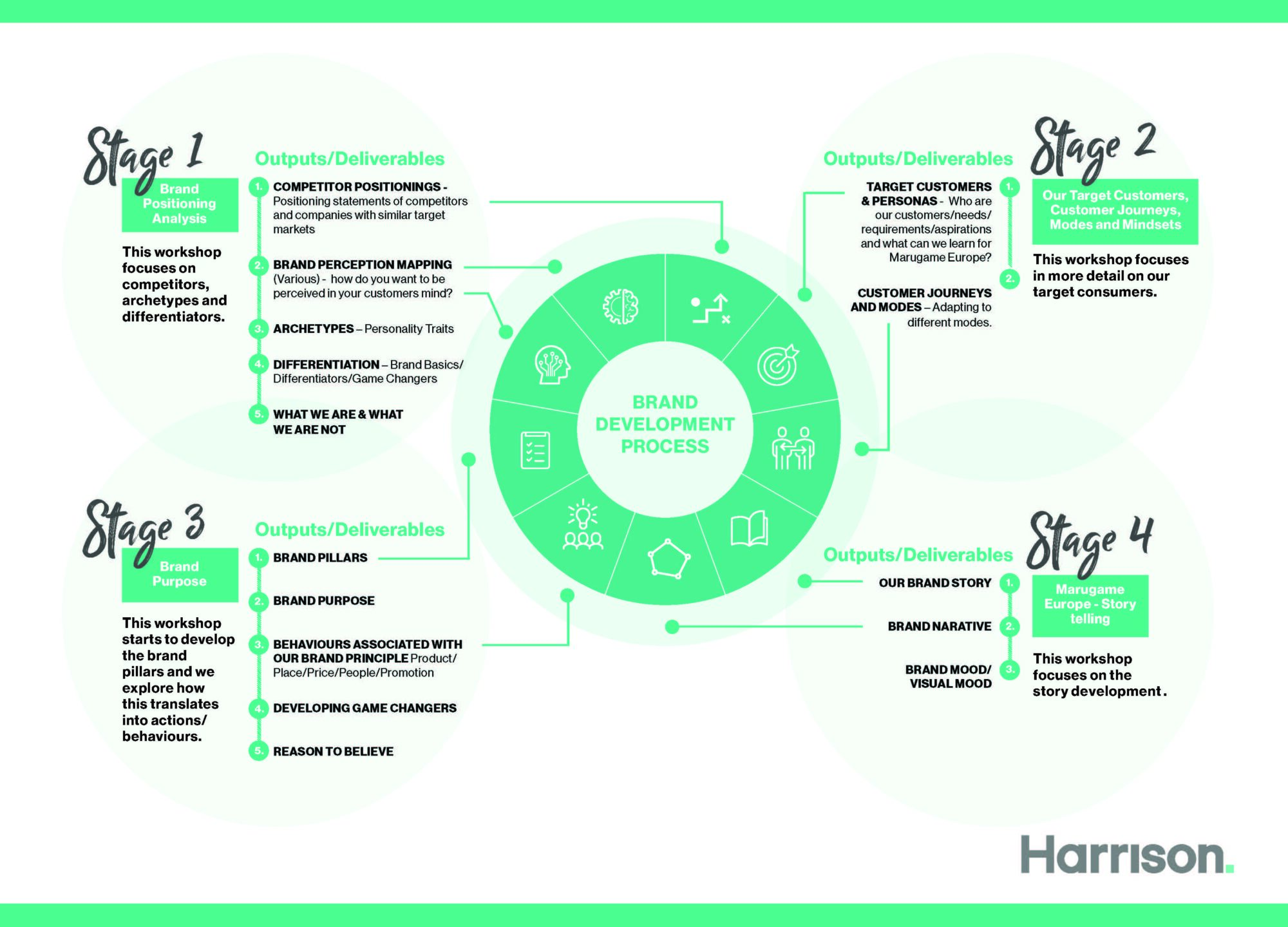Branding is essential for any business that wants to succeed. A strong brand can help you attract customers, build loyalty, and differentiate yourself from the competition. However, branding can be a complex and daunting process, especially for beginners.
- Author Claire Siderfin
Harrison have developed a Beginner’s Guide that will teach you everything you need to know about branding. From defining your brand identity to creating a memorable brand experience, we walk you through the entire branding process and along the way, you’ll learn about the following topics:*
- What is branding?
- Why is branding important?
- The different elements of branding
- How to define your brand identity
- How to create a memorable brand experience
- How to build a strong brand online
- How to measure the success of your branding efforts
Some key points to start with:
Branding is not just about creating a logo and a tagline. It’s about creating a holistic experience for your customers that encompasses all aspects of your business, from your products and services to your marketing and customer service.*
Branding is an ongoing process that requires constant attention and refinement. It’s not something that you do once and then forget about.
What exactly is Branding Strategy?
A branding strategy is a long-term plan for the development of a successful brand to achieve specific goals. A well-defined branding strategy directly impacts a company’s overall business and is directly connected to consumer needs, emotions, and competitive environments.
Details of Branding Strategy
A branding strategy often includes the following elements
1. Brand Identity: This includes the name, logo, tone, tagline, typeface, and any other visual elements that represent the brand.
2. Brand Positioning: This is about identifying and understanding your target audience, their needs, and how your brand can meet those needs better than your competitors.
3. Brand Promise: This is the unique value proposition that the brand promises to deliver to its customers.
4. Brand Experience: This encompasses every interaction a customer has with your brand, from advertising and sales process to the actual use of the product or service.
The Advantages of a Branding Strategy
1. Customer Recognition: Having a strong brand works to build customer recognition. This means when a customer is shopping for a particular product or considering a company to perform a service, they recognize your company in the running.
2. Competitive Edge in Market: Your brand is what differentiates you in the marketplace. When customers recognize and back your brand, it helps lend a competitive edge to your company.
3. Easy Introduction of New Products: When you already have a strong brand and loyal customers, it’s often easier and less expensive to introduce new products or test them out in the market.
Strategies for Beginners
1. Define Your Brand: Start by defining your brand. Look at the core strengths of your products or services and use that to shape your brand.
2. Identify Your Target Audience: Understanding who your customers are will help you tailor your brand messaging and increase its effectiveness.
3. Be Consistent: Consistency is key in branding. Be consistent in your messaging, design, and in delivering your brand promise.
4. Deliver on Your Brand Promise: Your brand promise sets the expectation for your customers. Make sure you always deliver on this promise.
5. Seek Feedback and Adapt: Always seek feedback from your customers and be ready to adapt your brand strategy based on their needs and market trends.
A well-planned branding strategy can be a powerful asset for any business. It requires a clear understanding of your brand, your target audience, and a commitment to delivering on your brand promise.



























































































